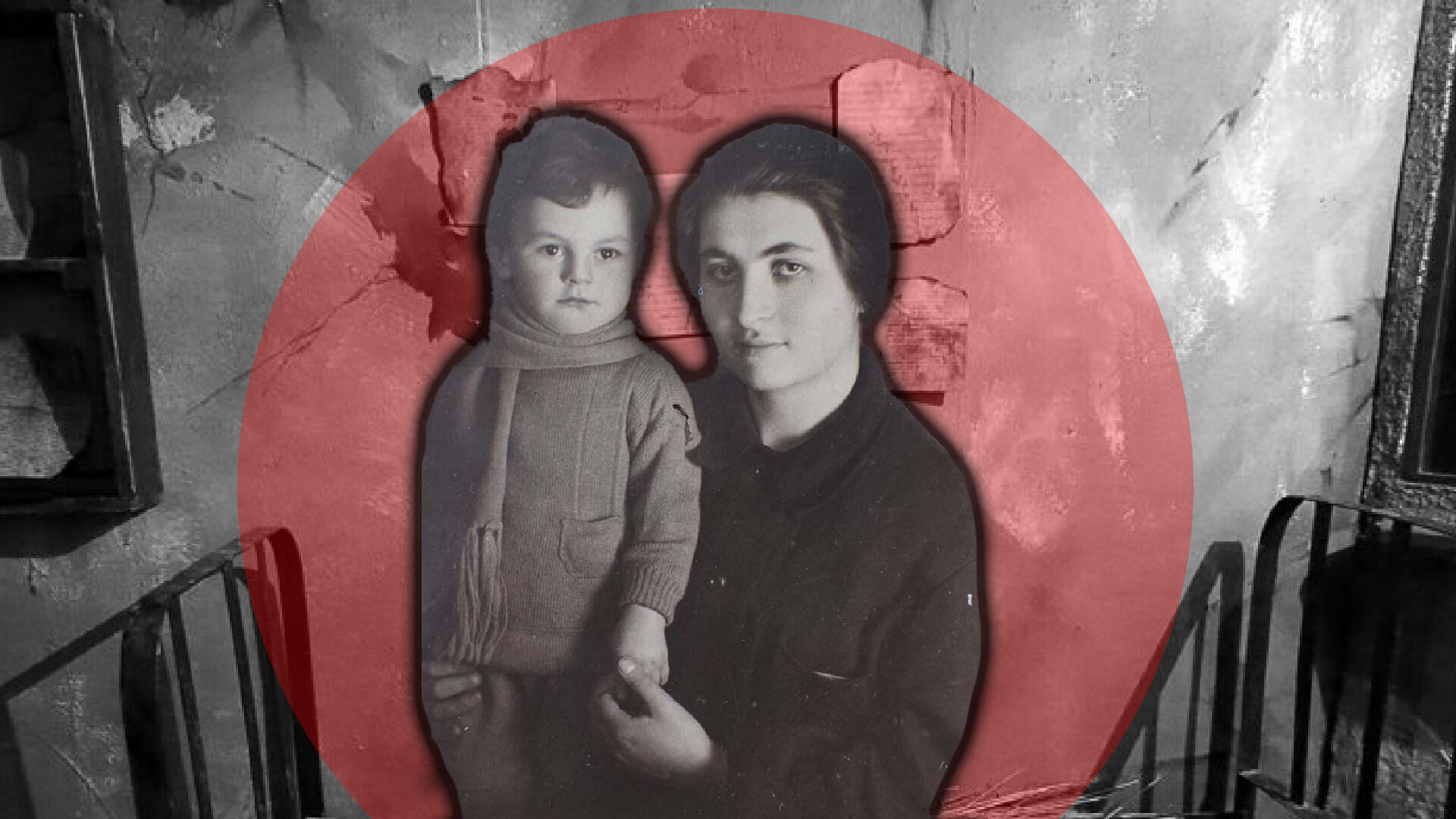
How the actor from the cult horror movie ‘Nosferatu’ turned into a scary villain in real life

In 1922, a true cinematographic masterpiece was filmed in Germany, which had a tremendous influence on the development of world culture. Few movies feature a vampire as creepy as Count Orlok in ‘Nosferatu: A Symphony of Horror’ directed by Friedrich Murnau. Even today, he still looks impressive.
‘Nosferatu’ was the first adaptation (though an unauthorized one) of Bram Stoker’s novel ‘Dracula’, which made all the actors involved eternally famous. One of them was Gustav von Wangenheim, who played Jonathan Harker (called Thomas Hutter in the movie).
 Gustav von Wangenheim in ‘Nosferatu’.
Gustav von Wangenheim in ‘Nosferatu’.
Not many know that after ‘Nosferatu’, the life of a descendant of an ancient German aristocratic family of von Wangenheims became closely linked to the Soviet Union, the ‘Great Purge’ and the death of one of the most beautiful women in Germany.
A Soviet aristocrat
Despite his noble roots, Gustav gravitated toward socialism and joined the German Communist Party almost immediately after the release of his most famous movie. The actor, however, was in no hurry to renounce the pleasures of his high-class life and liked to call himself a “dandy communist”.
In 1933, after the Nazis came to power, Gustav fled the country and soon found himself in Moscow. He continued his creative work here: he wrote essays and plays and founded a theater troupe called Kolonne Links (Left Column), consisting of German émigré actors like himself.
 Gustav von Wangenheim.
Gustav von Wangenheim.
In 1936, Gustav von Wangenheim directed an anti-Nazi movie called ‘The Fighters’. Interestingly, he brought in Alexander Granach, another actor from the ‘Nosferatu’ cast, who had played the role of Knock in the 1922 movie (Renfield in the book).
The most unappealing episode from the life of the German aristocrat in the USSR was the case of the German Communist Russian teacher Anatol Becker and his wife, actress Carola Neher.
Denunciation
Like Gustav von Wangenheim, the couple fled Germany to escape the Nazis. They took refuge in the USSR, not knowing what a terrible fate awaited them there.
 Carola Neher in 'Chicago'.
Carola Neher in 'Chicago'.
Carola Neher, one of Germany’s leading actresses, was the muse of the playwright Bertolt Brecht and, in the late 1920s, she acted in ‘The Threepenny Opera’, based on his play. Majestic, athletic, fashionable and daring, she was a “femme fatale” and was considered by many to be one of the most beautiful women in Germany.
In Moscow, Neher was playing in Gustav von Wangenheim’s Left Column troupe when she and her husband were caught up in the whirlwind of mass repressions in 1936. The couple was accused of being supporters of Lev Trotsky, who had already fallen into disgrace. A complaint denouncing “elements of society poisoned by Trotskyism” was filed by the “dandy communist”.
Becker was shot in 1937 and Neher was sentenced to ten years in camps. Once in prison, the actress never lost her spirit. “She constantly tried to keep up her appearance, took care of herself and regularly did gymnastics. Unlike the rest of us, she still had smooth, beautiful skin, despite the terrible conditions that made people age quickly,” recalled Carola’s cellmate Hilda Duti.
 Carola Neher.
Carola Neher.
On June 26, 1942, Neher died in Sol-Iletsk prison near Orenburg from typhoid fever at the age of 41. Seventeen years later, she and her husband were fully rehabilitated.
Gustav von Wangenheim’s life was quite prosperous. After World War II, he returned to Berlin, where he was the director of the Deutsches Theater for a while and then worked as a screenwriter and director of feature movies for many years.






